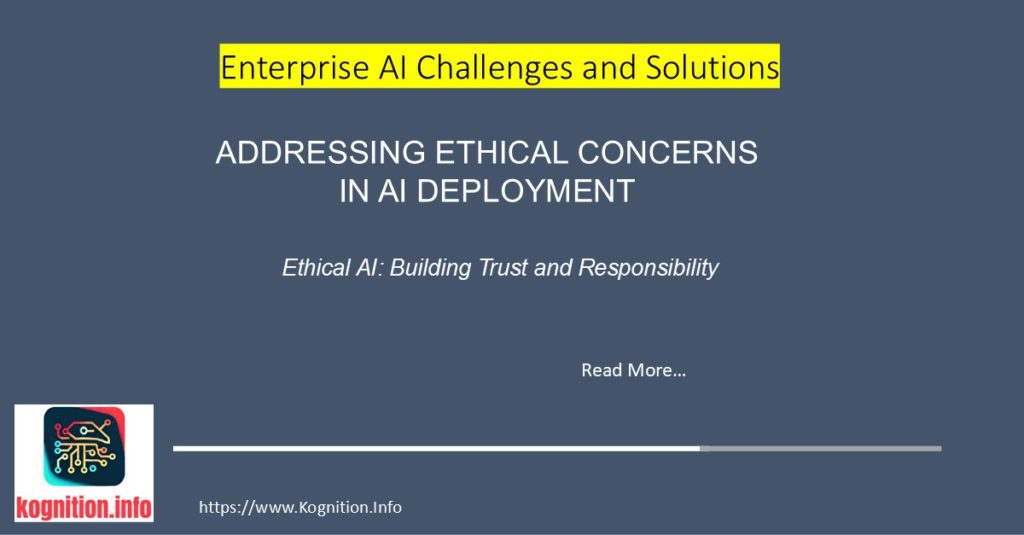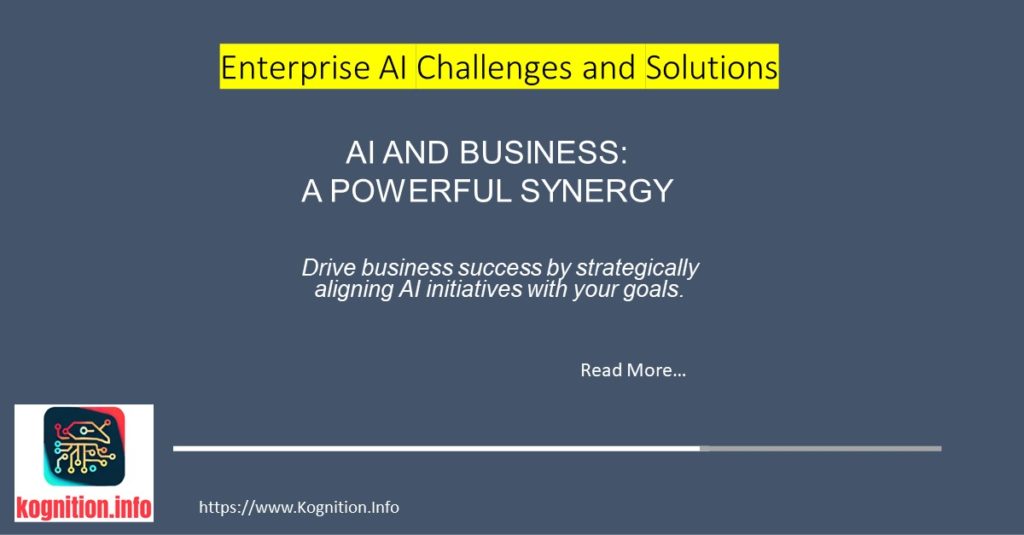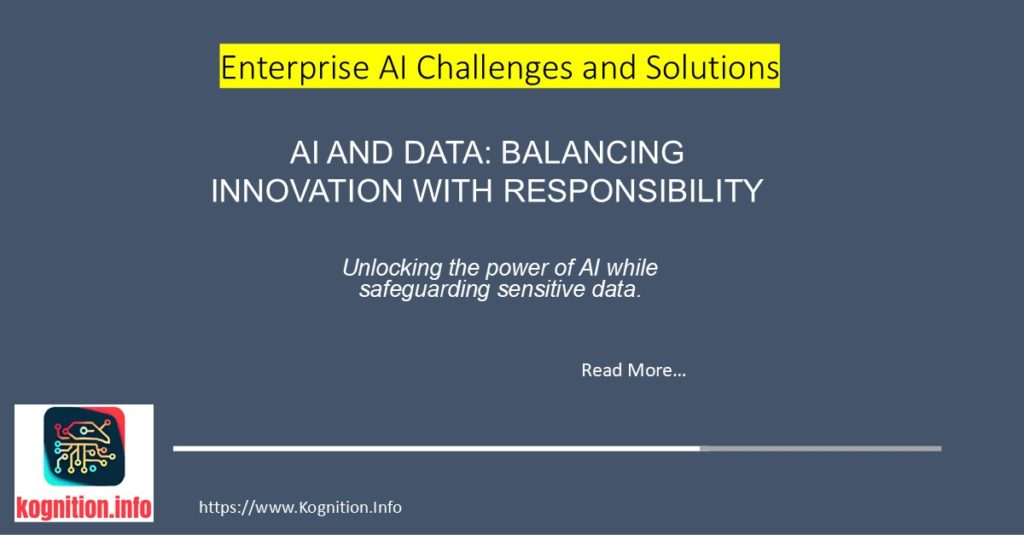Securing the AI Cloud Frontier: Protecting Enterprise Intelligence in the Cloud Where your AI lives determines how it thrives—or fails. As enterprises migrate their AI workloads to the cloud to capitalize on scalability, specialized hardware, and managed services, they encounter a security landscape fundamentally different from traditional cloud deployments. AI in the cloud creates unique…...



